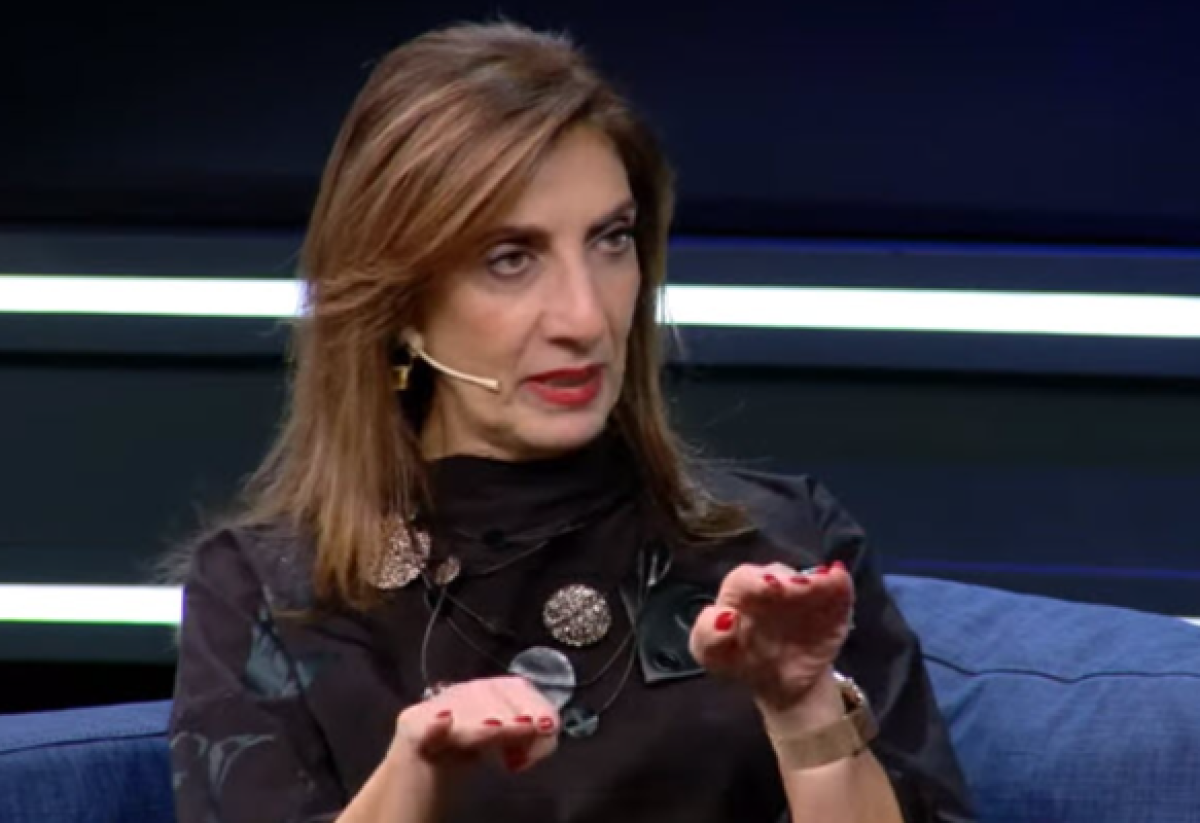Samia J. Khoury flares up sparks of hope for Multiple Sclerosis (MS)


“The first sign something was wrong was that one morning in June my hands went numb. Then it became difficult to walk, I was extremely tired and I felt numb across my stomach,” says 41-year-old Ruth, diagnosed with relapsing remitting MS in 2014.
MSTF media reports:
“The first sign something was wrong was that one morning in June my hands went numb. Then it became difficult to walk, I was extremely tired and I felt numb across my stomach,” says 41-year-old Ruth, diagnosed with relapsing remitting MS in 2014. “It took about four years for me to be diagnosed. Right up to the final test, I was being reassured by the doctors that my symptoms were due to a spinal cord injury in my neck,” says Catherine, 45, who was diagnosed with primary progressive MS in May 2013. These stories of MS diagnosis belong to two quadragenarian patients; however, it is crucial to know that this disease does not have anything to do with age and might occur even in younger ages. For instance, Marika, an MS patient in her twenties, recounts “I first noticed in August 2013 that my right arm felt numb, heavy and itchy. The feeling moved into my hand, so it was difficult to use. I was convinced it was a trapped nerve and was going to go away on its own.”
Multiple sclerosis (MS) affects the nerves in patients’ central nervous system (CNS). The brain together with the spinal cord forms CNS. The problem in MS patients is that their immune system doesn’t work properly─ it attacks the nerves in the brain and spinal cord by mistake. These nerves control different parts of the body; that’s why the symptoms manifest differently in different patients. It is true that MS in every patient is unique to itself, but most patients will be diagnosed with one of the main 3 types: relapsing remitting MS, primary progressive MS, and secondary progressive MS.
As it was mentioned, in MS patients the immune system attacks nerves in CNS by mistake. This damages the covering around nerves. The covering is made of a fatty coating called myelin which protects each nerve from harm and helps messages travel along it. When myelin is damaged, messages find it harder to pass along the nerve or cannot get through at all. That is when symptoms of MS begin. Myelin cannot always be repaired. What is even more serious is that this immune system response can also damage the nerve fiber inside.
At the moment, there’s no certain cure for MS. Once someone is diagnosed with MS, they have it for life. However, researchers are trying to find ways to stop MS. Until then, there are ways to manage the condition including disease modifying therapies (DMTs). DMTs are mainly beneficial to relapsing MS, but there are also some DMTs provided for patients with other types under special conditions. To be more specific, DMTs are usually only available if one’s progressive MS also has relapses or shows signs of active inflammation on MRI scans. DMTs are not a cure, but they are intended to change for the better (‘modify’) how a patient’s MS behaves. Most DMTs are tablets, injections or are given as an infusion (through a ‘drip’).
Even though in some sources it is estimated that one’s genes, environment, and lifestyle might play a role in formation and development of this disease, the scientists do not know what the exact cause of MS is so far. Nevertheless, the plethora of research conducted over the past few years ignites a spark of hope regarding this matter. Groundbreaking research among many others, belongs to Samia J. Khoury, a neurologist from American University of Beirut, Lebanon.
Khoury along with her research team has tried to find the pathogenesis and mechanism of regulation/tolerance in Experimental Autoimmune Encephalomyelitis (EAE). Pathogenesis is defined as the way a disease begins or develops and EAE is the animal model for MS. EAE, an inflammatory disease like MS that damages myelin (a demyelinating disease), attacks the central nervous system (CNS). Most of her work has led to implementation of clinical trials.
In 2023, her achievements in curbing MS made her the second woman to be awarded the Mustafa(pbuh) prize. She received the prize for her novel approaches for the care of MS patients.